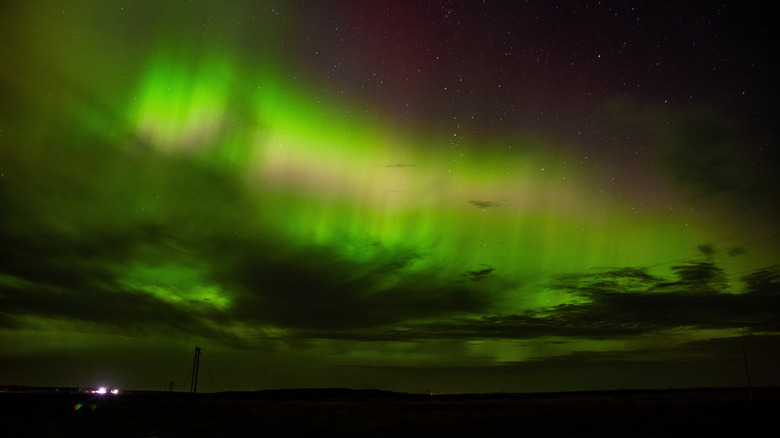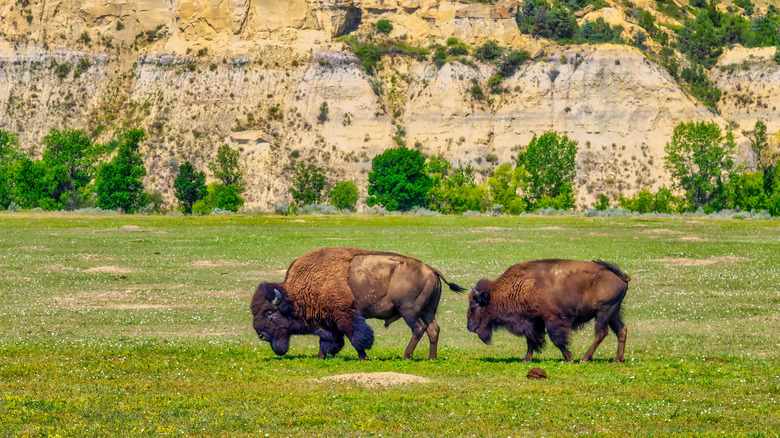The Midwest American Region That Offers Pristine Views Of The Northern Lights And Wild Landscapes
Bordering Canada to the north, North Dakota is a state much-loved by outdoor enthusiasts for its wild landscapes, ranging from immaculate lake destinations filled with waterfront trails, serene swims, and ample campsites to some areas that even feel like stepping into Scandinavia with their breathtaking buildings and views. Thanks to its location in the far northern hemisphere, North Dakota beckons both visitors and locals with splendid exhibits of Northern Lights putting on a dazzling show, as you explore its wild, natural sceneries.
If you live in the United States, you don't need to fly all the way to Iceland to witness this phenomenal, dance-like, ever-changing display of lights, shading from green and blue to purple and pink. In fact, the "Peace Garden State" is regarded as one of the best Midwest destinations to spot the Aurora Borealis. Though you may catch sight of the Northern Lights in winter, spring and autumn prove to be the most reliable seasons for merry lights. If you want to increase your chances of seeing them at their peak, make sure to be outside around 11:00 p.m., when the sky is fully charged before it starts to fade away.
If you're wondering where you should visit for an elevated experience, Theodore Roosevelt National Park prides itself on being one of the best locations in the Lower 48 for a mesmerizing experience. Nestled in the Badlands of western North Dakota, the reserve's lack of light pollution and its highest viewpoint at Buck Hill make for a perfect spot for a polar lights night out.
Experiencing Theodore Roosevelt National Park
Beyond being the site of a spectacular celestial show, North Dakota boasts an array of natural landscapes worth visiting at the Theodore Roosevelt National Park and nature reserves. Theodore Roosevelt National Park is divided into three main parts: The North Unit, the South Unit, and the Elkhorn Ranch Unit. In the North Unit, the natural surroundings are wide and jagged, resulting in a less-traveled path. You'll need to drive along a 14-mile panoramic route that takes nearly an hour and 15 minutes to complete, while in the meantime, bison, mule deer, and bighorn sheep may appear roaming wildly from a distance. If you want to spend the night, camping is allowed, but no restaurants or services can be found nearby.
The South Unit features a 48-mile drive that leads to its hiking trails, including Buck Hill. You can also camp here and spot wildlife like coyotes, turkeys, bald eagles, and elk. The Elkhorn Ranch Unit holds historic significance, as Roosevelt chose it to be his home ranch, tucked away in a secluded area. To get there, you'll need to drive along an unpaved road, mostly suitable for an off-road capable vehicle. You'll have lots to do and see while you wait for those beautiful lights to brighten up the night sky.

